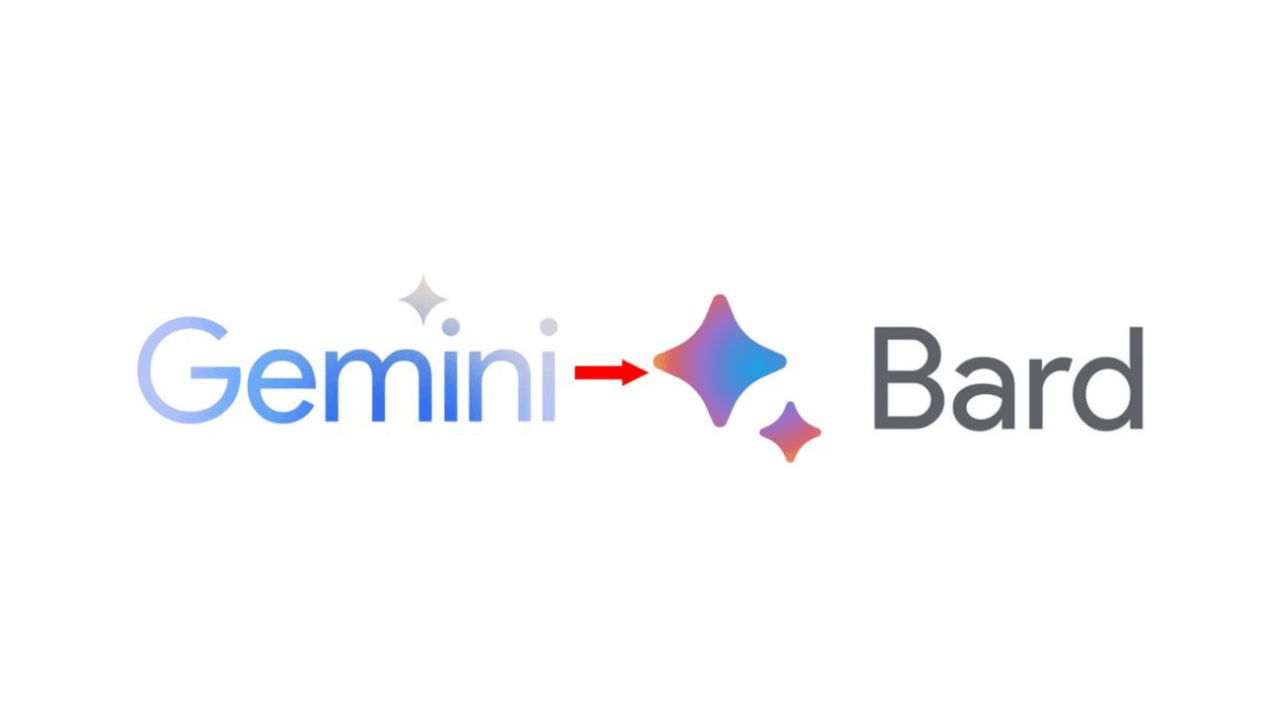bard-api-node is a Node.js library for interacting with Bard, an AI Chatbot developed by Google. Bard is based on Google's Large language model (LLM), LaMDA, which is designed to generate human-like text and images in response to prompts. This updated version of the library is aligned with the launch of Gemini API, the successor to Bard, and integrates with the official Google API services.
Bard, now known as Gemini, is an AI Chatbot developed by Google, based on Google’s Large language model (LLM), LaMDA. Similar to how ChatGPT is based on GPT, Gemini utilizes neural networks to mimic the underlying architecture of the brain in the form of a computer. Gemini is conversational and allows users to write a prompt and receive human-like text and images generated by artificial intelligence.
To begin using BardAPI in your project, follow these steps:
To use the Bard-API-Node library in your project, you can install it via npm directly:
npm install bard-api-node
or can install it via npm from Github:
npm install git+https://github.com/codenze/bard-api-node.git
To get started with the Bard API, you need to obtain an API key from the Google AI Studio. Follow the steps below to acquire your API key:
-
Sign in to Google Account:
- Make sure you are signed in to your Google account.
-
Create a New Project:
- Visit Google Cloud Console.
- Enter a project name of your choice.
- Click on "Create" to create the project.
-

-
Visit Google Ai Studio for API Key:
- After creating the project, navigate to API Key creation page.
-

- Click on "Create API key".
- Choose the project you just created from the dropdown menu labeled "Search Google Cloud projects".
-

- Click on "Create API key in exsisting project".
- Copy the API key.
-

-
Paste API Key into Code:
- Paste the API key into your code to initialize the BardAPI object.
javascript const { BardAPI } = require('bard-api-node');
async function testAssistant() {
try { // Initialize BardAPI object const bard = new BardAPI();
// Set API key
const apiKey = 'YOUR_API_KEY'; // Replace 'YOUR_API_KEY' with the obtained API key
// Initialize chat with API key
await bard.initilizeChat(apiKey);
// Send a query to Bard
const response = await bard.getBardResponse("Greetings! What can you do for me?");
console.log(response);
} catch (error) {
console.error('Error:', error);
}
}
testAssistant();Make sure to replace YOUR_API_KEY with the actual API key obtained from Google AI Studio.
The setResponseGenerationConfig() method allows you to customize the generation configuration for generating responses. This method enables you to fine-tune parameters related to the content generation process.
const bard = new BardAPI();
const generationConfig = {
temperature: 0.7,
topK: 5,
topP: 0.9,
maxOutputTokens: 1024,
};
bard.setResponseGenerationConfig(generationConfig);In the above example, we set a custom generation configuration with specific values for temperature, top-K sampling, top-p sampling, and maximum output tokens.
The setSafetySettings() method allows you to configure safety settings to filter out sensitive or harmful content from the generated responses. This method enables you to specify thresholds for different categories of harmful content.
const bard = new BardAPI();
const safetySettings = [
{
category: HarmCategory.HARM_CATEGORY_HARASSMENT,
threshold: HarmBlockThreshold.BLOCK_STRICT,
},
{
category: HarmCategory.HARM_CATEGORY_HATE_SPEECH,
threshold: HarmBlockThreshold.BLOCK_LOW,
},
// Add more security settings as needed
];
bard.setSafetySettings(safetySettings);In the above example, we set custom safety settings to filter out harassment with a strict threshold and hate speech with a low threshold. You can customize these settings based on your application's requirements.
This Node.js library for interacting with the Bard chat assistant is powered by the official Google AI Studio API and utilizes the @google/generative-ai npm library. The integration with Google's Gemini AI and the use of the @google/generative-ai library serve as the foundation for this implementation.
I extend my gratitude to the Google AI team for providing access to their advanced AI capabilities and for the comprehensive documentation that facilitated the development of this library.
I welcome any feedback, bug reports, or problems you may encounter while using this library. If you have any issues or suggestions, please don't hesitate to reach out. You can send your reports to [email protected].
Thank you for your support and feedback!
This project is licensed under the MIT License. If you find this project helpful in your own work, I would appreciate a star or acknowledgment in your projects.
